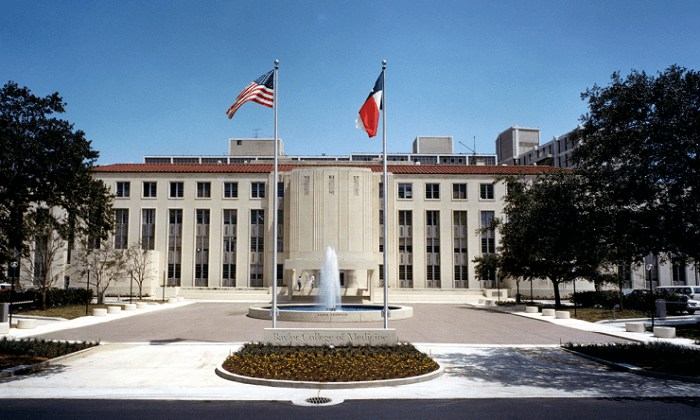In today’s digitally connected world, location-based services play a pivotal role in everything from ride-sharing apps to weather forecasts and emergency services. One essential component behind the scenes of these services is reverse geocoding. While geocoding converts a physical address into geographic coordinates, reverse geocoding does the opposite—it converts coordinates into readable location information. But how does this process work, and why is it so important?
Let’s break it down.
What Is Reverse Geocoding?
Reverse geocoding is the process of transforming geographic coordinates (latitude and longitude) into a human-readable address or place name. For example, given the coordinates 40.748817, -73.985428, a reverse geocoding system would identify the location as “Empire State Building, New York, NY, USA.”
This process is critical for various applications, especially in navigation systems, delivery apps, emergency response services, and location-based analytics.
Why Reverse Geocoding Matters
Here are a few key reasons why reverse geocoding is so widely used:
-
Enhanced User Experience: Instead of displaying raw coordinates, apps can show users readable addresses or location names.
-
Location Tracking: For services like Uber or DoorDash, knowing the exact location of a user or driver in real-time helps improve service accuracy.
-
Emergency Response: Emergency dispatch systems can use reverse geocoding to find and send help to someone’s precise location.
-
Data Analysis: Businesses use reverse geocoding in analytics platforms to understand customer locations and trends.
How Reverse Geocoding Works
The process involves several steps and components:
1. Input Coordinates
The system receives a pair of geographic coordinates (latitude and longitude), typically from GPS data.
2. Query a Geospatial Database
The system sends the coordinates to a geospatial database or reverse geocoding API (like Google Maps, OpenStreetMap’s Nominatim, Mapbox, or HERE). These databases contain detailed mappings of geographic locations and their corresponding human-readable names.
3. Find the Nearest Match
The system identifies the closest matching address, point of interest, or landmark based on proximity. This may include:
-
Street name and number
-
City or town
-
Postal code
-
State and country
-
Place names (like parks, malls, buildings)
4. Return Structured Address
The system returns a structured or formatted address. Depending on the service, it may include multiple levels of detail, such as:
-
Full formatted address
-
Administrative levels (city, county, country)
-
Neighborhood or suburb
-
POIs (Points of Interest) like restaurants or landmarks
Popular Reverse Geocoding Services
There are several APIs and platforms that offer reverse geocoding services, including:
-
Google Maps Geocoding API
Widely used and highly accurate, but may have usage limits and pricing tiers. -
OpenStreetMap (OSM) / Nominatim
Open-source and free, but may require self-hosting for high-volume queries. -
Mapbox
Offers scalable mapping and geocoding services with good developer tools. -
HERE Technologies
Known for high-quality mapping data, particularly in the automotive and logistics industries. -
Apple’s Core Location
Used in iOS applications for device-level geolocation and reverse geocoding.
Each of these has its own pros and cons in terms of cost, speed, accuracy, and ease of integration.
Use Cases of Reverse Geocoding
1. Ride-Hailing and Delivery Apps
Apps like Uber, Lyft, and food delivery platforms rely on reverse geocoding to translate GPS data into pickup and drop-off locations.
2. Emergency Services
911 systems and ambulance dispatch tools use reverse geocoding to determine where help is needed when a user sends coordinates.
3. Fitness and Health Apps
Running or cycling apps like Strava use reverse geocoding to label route start and end points with actual place names.
4. Smartphones and Wearables
Devices log coordinates from various activities and use reverse geocoding to tag them with location names (e.g., “Workout in Central Park”).
5. Logistics and Fleet Management
Companies use it to track vehicle movement and display location names on dashboards instead of confusing GPS coordinates.
Challenges in Reverse Geocoding
While reverse geocoding seems straightforward, it involves several complexities:
-
Accuracy: GPS data can be inaccurate in dense urban areas or indoors, which may lead to wrong addresses.
-
Ambiguity: A single coordinate might correspond to multiple nearby places—deciding which one is correct requires smart algorithms.
-
Performance: High-frequency apps (like those tracking vehicles) require fast, real-time responses with minimal latency.
-
Privacy: Turning coordinates into identifiable locations raises privacy concerns, especially in user-tracking applications.
Best Practices When Using Reverse Geocoding
-
Batch Requests Carefully: APIs often limit the number of reverse geocoding queries per day or per second. Use batching where possible.
-
Cache Responses: Save commonly requested addresses to reduce API calls and improve speed.
-
Handle Inexact Matches: Always prepare for partial or approximate address returns, especially in rural areas.
-
Respect Privacy: Only use reverse geocoded data with user consent, especially if it can be linked to personal activities.




